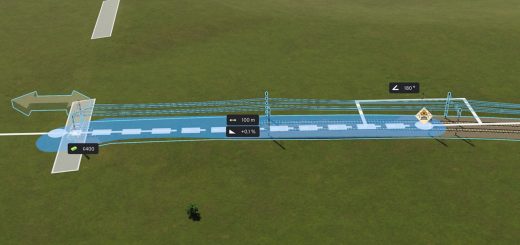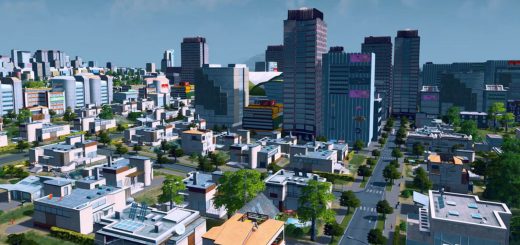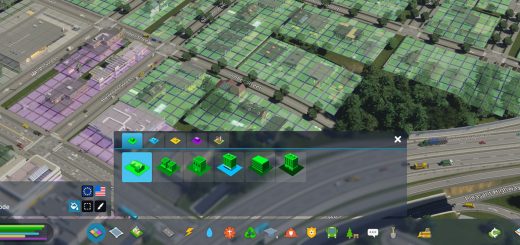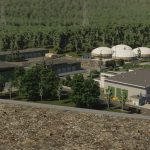
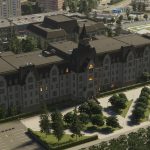
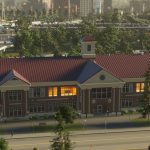
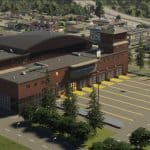
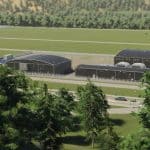

Cities Skylines 2: Garbage, Education, Fire
Every building produces waste due to human activities, such as living, working, or leisure. The amount of waste depends on factors like the building’s type, size, level, and the education level of its inhabitants. More educated citizens and higher-level buildings tend to produce less waste.
Waste is managed through Landfills and other waste management facilities. However, these sites, especially the Incineration Plant, release pollution. Hence, they should be situated away from residential zones and, if possible, downwind to minimize their impact. These facilities deploy garbage trucks to collect waste and process it. While Landfills store and gradually treat waste, Incineration Plants burn it to generate electricity. Meanwhile, Recycling Centers sort the waste to extract reusable materials, aiding manufacturers in product creation.

EDUCATION & RESEARCH
Education is vital for a thriving city. Citizens can access education by attending schools suitable for their age group. While children always attend Elementary School when available, Teens and Adults have the choice between schooling and employment. Teens typically attend High Schools, while Adults can pursue College or University education. This decision often rests on the potential financial rewards: immediate earnings in a basic job versus potential higher earnings after education. However, some base their choices on personal interests.

There are five education levels for citizens: Uneducated, Poorly Educated, Educated, Well Educated, and Highly Educated. Graduating from a school elevates a citizen’s education by one level, but failing might lead them to reevaluate their next steps, including seeking employment. Education qualifications significantly influence job placements. Companies and services prioritize certain education levels when hiring. If a firm can’t find adequately educated workers, its efficiency and production may suffer. Higher-tier companies typically require more highly educated workers than their lower-tier counterparts.
Additionally, Elementary Schools confer a Well-being boost to nearby families with children. This incentivizes these families to settle in such neighborhoods, indirectly influencing population distribution.

FIRE & RESCUE
The Fire & Rescue services play a pivotal role in city safety. With Fire Houses or Stations in place, fire risks in adjacent areas are reduced. Fire trucks rush to douse building fires, and addressing traffic congestion ensures they reach emergencies promptly, preventing fires from spreading.

For rural areas, Firewatch Towers monitor and mitigate forest fire threats. Given that forest fires can spread and endanger nearby structures, the Firefighting Helicopter Depot dispatches helicopters to combat both forest and building blazes.

Beyond firefighting, the Fire & Rescue team is instrumental in disaster management. They aid citizens trapped in ruined structures, while the Early Disaster Warning System forewarns residents of impending natural calamities, prompting them to seek refuge. When equipped with Emergency Shelters, residents can safely await the disaster’s end.



